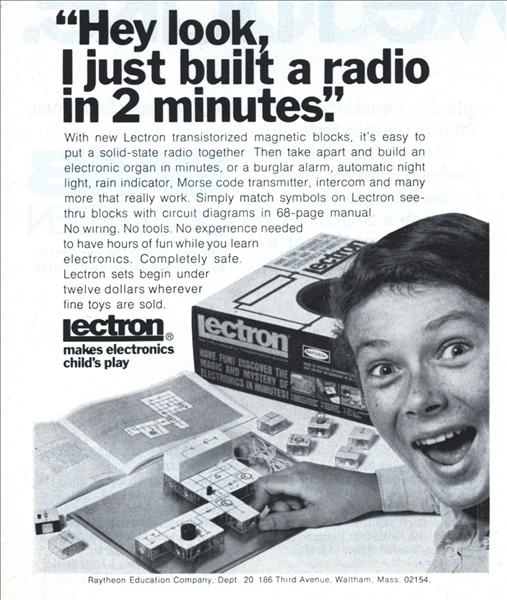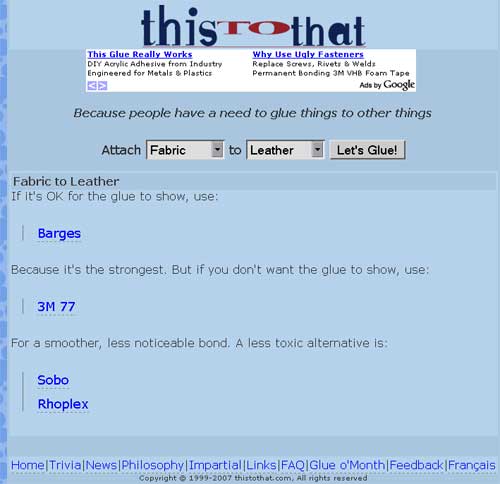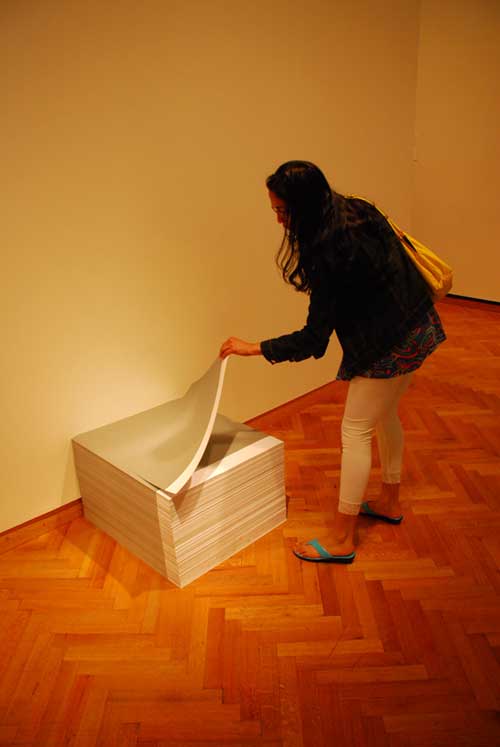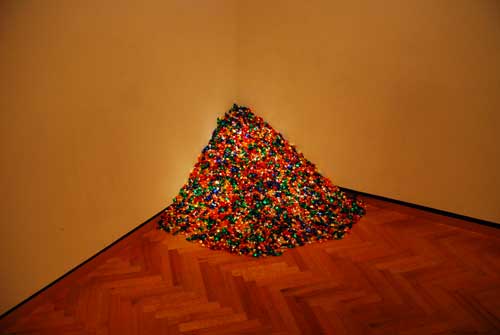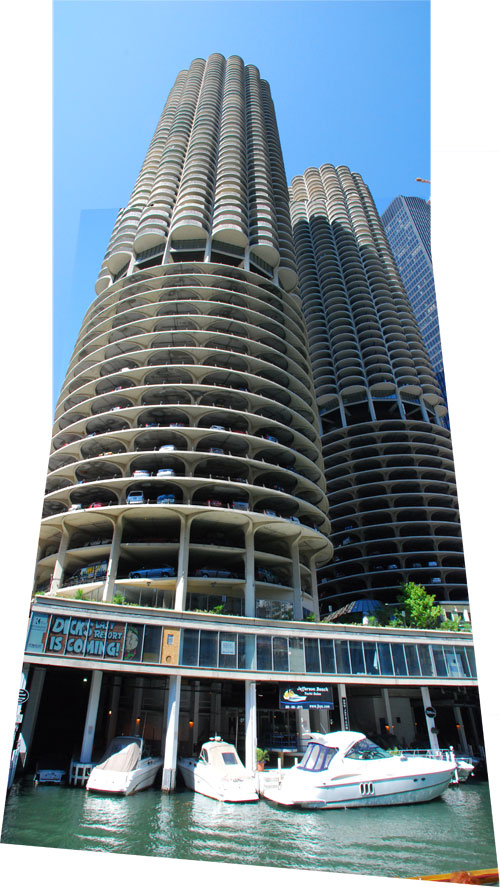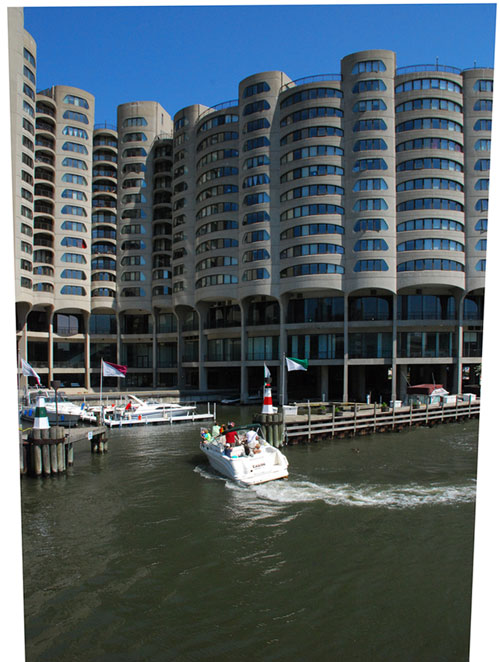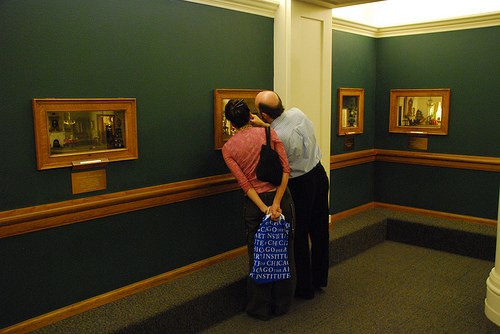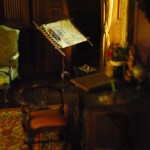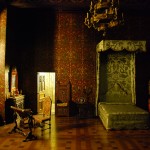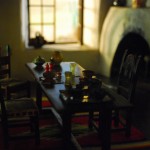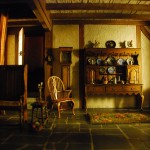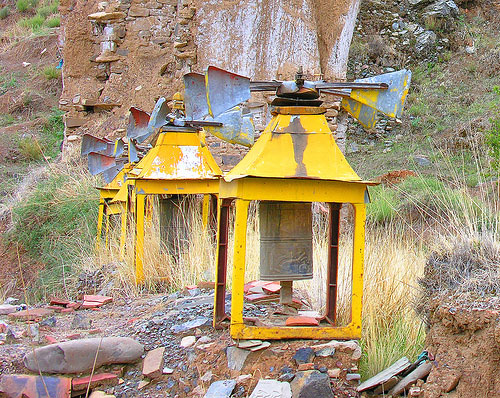This elegant seasonal food map on Epicurious shows what produce can be locally found in each state for a given month. Maps like this can make it possible to avoid the excessive shipping and stale flavors of commercial produce. In the future a map like this could have infinite granularity, to help people find the farms near them and the days and weeks each year when the freshest and best food can be found.
do-it-yourself radio
Last night I met Quiddities‘ Margaret Rosas who was awarded a grant in the Knight Foundation’s News Challenge for Radio Drupal, a project to create open-source internet radio software for streaming and community engagement to be possible even for small, locally-based radio stations. The web is struggling to be democratic, in part because publishing content on-line can be prohibitively expensive – that’s why web developers do best to create free and open tools that enable the web to represent the greatest diversity of interests.
soft car
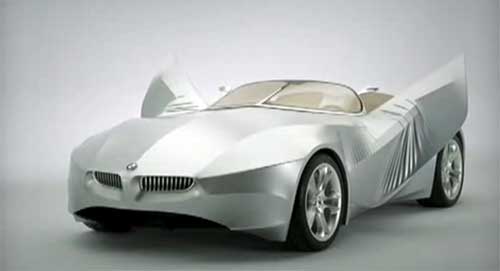
Now that buildings have been wrapped in soft materials for years, BMW is proposing that cars could replace their bulky bodies with stretchy fabric – with a lot of elegant consequences for those pesky door lines, headlights – not to mention the entire vehicle could now act as an airbag.
sticky site
Despite the fact that glue should be avoided in manufacturing whenever possible, it can be sometimes necessary to use adhesives in prototyping. Which is why thistothat.com is a wonderful resource for finding out which kind of glue you should use when combining paper, plastic, metal, leather, cloth, or whatever else needs to be put in its place.
free art
The works of Felix Gonzalez-Torres are unsettling in a number of ways: first, because you are encouraged to take a piece of the art on display (in these cases, at Art Institute of Chicago). It’s not common to touch, even less to take away artwork from a museum. Second, because the pile diminishes as you take from it – so that it might be depleted by the end of the day. This is supposed to mirror to the ravaging effects of AIDS on the body – at least at the time these pieces were conceived. On the other hand, the owner of the artworks is held responsible for replenishing them daily. So, while artists are generally the ones getting ripped off by dealers and collectors, the most comforting aspect of these pieces is that the artist seems to have gotten something out of this – a sort of ‘life support’ for his art, and the memory of his life.
water towers
In Chicago last weekend I took the Chicago Architecture Foundation‘s boat tour of the Chicago river – probably the most invigorating 90 minute experience of a city and its architecture I have ever had. Along the way the city reveals itself through an unexpected perspective, but nearly all the buildings – including some of the most beautiful high-rises in the world – are strictly land-locked. All, that is, except for Bertrand Goldberg’s stupendous utopian river residences, Marina City(above) and River City (below). Each of these masterpieces is a completely self-sustaining piece of urbanity, including shops, offices, exercise facilities, even parking for cars and for boats. They are also unique: in a sea of rational rectilinear high-rises, the concrete structures imply cellular arrangement and metabolic structure. In this age of new environmentalism, the idea that buildings could adopt natural rhythms and contain all of their needs has new spirit: these utopian creations could one day have their own power-generation, geothermal climate control and even compost and water treatment – but they won’t have to look any different.
holes in the wall
The Art Institute of Chicago houses a unique collection of meticulously fabricated miniature rooms, the so-called Thorne Miniature Rooms, to depict period interior spaces from the 18th, 19th and early 20th Centuries in the US, Europe, China and Japan. The 68 models a remarkably detailed at the scale of one inch to one foot (or one-twelfth scale), including printed pages in each minute book and working musical instruments. The lilliputian rooms stand out in the city of big shoulders, not only for their size but because they only depict domestic, traditionally feminine spaces, namely kitchens, living rooms and bedrooms, and are filled with cues of the woman’s place in these societies. Most rooms feature a pace for sewing, writing letter, or cooking; almost all contain furniture for receiving groups of people, as well as children’s toys scattered about, but none contains any tools which may have been associated with manual labor, industry and the male place. The Thorne rooms stand as a micro-monuments to domesticity, a striking counterpoint to Chicago’s contribution to our modern monumental vocabulary: the skyscraper, towering emblem of commerce and industry and anything but domestic or feminine in form or function.
sustainable prayers
Deva Seetharam reminded me of an old project and we started talking about how prayer wheels could be appropriated for new purposes. Traditional prayer wheels are cylinders containing written mantras that are spun to recite the wishes within. They can be spun by hand, but some traditional prayer wheels are designed to be spun by water-power (above) or wind-power (below). These sustainable prayer wheels have inspired additional green projects: a solar-powered prayer wheel that runs on photovoltaic panels, and more recently an electricity-generating wind turbine in the form of a prayer wheel made from a reclaimed oil drum. The traditional form helps the windmill fit in with the local culture and scenery, and maybe the power generated carries some of the wheel’s mantras through the electric grid as well as into the wind.

